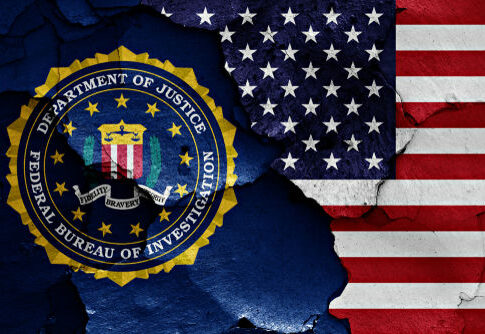President Trump’s unprecedented federal law enforcement surge in Washington, D.C., signals a direct challenge to local control—and a resolute answer to years of unchecked crime and failed progressive policies.
Trump’s Federal Law Enforcement Surge: A Campaign Promise in Action
President Donald Trump ordered a sweeping federal law enforcement surge in Washington, D.C., following a violent assault on a former DOGE employee and mounting public frustration over crime. In March, Trump signed an executive order creating the “Making DC Safe and Beautiful Task Force,” mobilizing Homeland Security Investigations, the FBI, and the DEA to assist local police in high-risk areas. The initiative began at midnight on August 8, with an initial seven-day deployment and the option for extension, marking a decisive federal intervention in the face of persistent lawlessness.
The Trump administration’s approach directly addresses conservative concerns about rising crime and government inaction. Despite a notable 35% decrease in D.C. violent crime in 2024, the city remains one of the most dangerous in the nation, with 274 homicides in 2023—the highest in two decades. High-profile incidents continue to stoke public anxiety, and the administration’s move is seen as a fulfillment of Trump’s campaign promise to restore order where local authorities have failed to deliver lasting safety.
Federal Intervention vs. Local Autonomy: A Constitutional Flashpoint
Washington, D.C. is not a state and remains under significant federal oversight, making the city a focal point in the national debate over law enforcement authority. The surge bypasses local leadership, with D.C. Mayor Muriel Bowser previously touting crime reductions yet now facing direct federal override. Trump’s task force, armed with a clear mandate, underscores the federal government’s willingness to step in when local leaders cannot—or will not—protect citizens and visitors, especially in high-traffic and tourist areas.
This operation also scrutinizes federal prosecutorial policies and aims to maximize pretrial detention for dangerous offenders, a move applauded by those frustrated with perceived leniency in the justice system. For many conservatives, this represents a long-overdue correction to years of lax enforcement, government overreach by “woke” politicians, and policies that have eroded law-abiding citizens’ confidence in their own safety and constitutional rights.
Targeting Illegal Immigration and Restoring Rule of Law
The task force’s directive goes beyond violent crime, aggressively enforcing federal immigration law in the capital. Agencies are instructed to apprehend and deport undocumented individuals, a response to long-standing conservative demands for stronger borders and the protection of American sovereignty. This aligns with Trump’s broader 2025 immigration agenda, including executive actions to end “catch and release,” increase detention for offenders, and block sanctuary policies that undermine federal authority.
While critics argue that such measures risk civil liberties and local governance, supporters contend that decisive federal action is necessary to stem the tide of lawlessness and restore respect for the rule of law. The administration’s stance: “There will be no safe harbor for violent criminals in D.C.”—a message resonating with conservatives who have watched urban disorder and unchecked illegal immigration threaten family values, economic opportunity, and constitutional freedoms.
Short- and Long-Term Impacts: Setting Precedent for Urban Safety
In the short term, the surge brings increased law enforcement visibility and a likely deterrent effect in D.C.’s most troubled areas. Residents and businesses may see immediate relief, though the operation could disrupt daily life and intensify tensions between federal and local officials. Long term, this action sets a precedent for federal intervention in urban crime, especially when local policies fail to protect citizens or uphold constitutional norms.
President Trump increases federal law enforcement presence in DC following violent crime surge https://t.co/mW5wCiR8Mq
— Cath (@cathpatriot) August 8, 2025
Experts note that while crime has declined, D.C. still faces systemic problems in its criminal justice system. Sustainable safety will require continued vigilance, real accountability, and a government unafraid to stand up for law-abiding Americans. Trump’s move—viewed by many as a victory for common sense and traditional values—signals that the days of ignoring crime and chaos in the nation’s capital are over.
Sources:
Dangerous Areas in Washington DC
Metropolitan Police Department: Daily Crime Report
Why DC Remains One of the Nation’s Most Dangerous Cities
Crime Trends in U.S. Cities: Mid-Year 2025 Update
Violent Crime in DC Hits 30-Year Low

